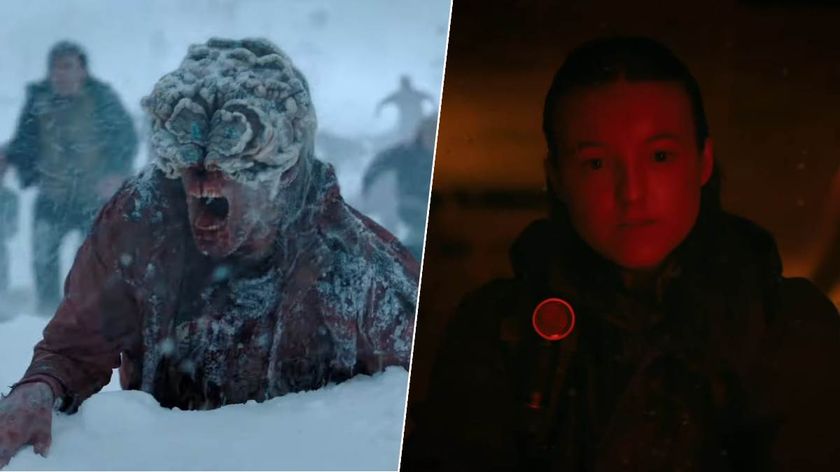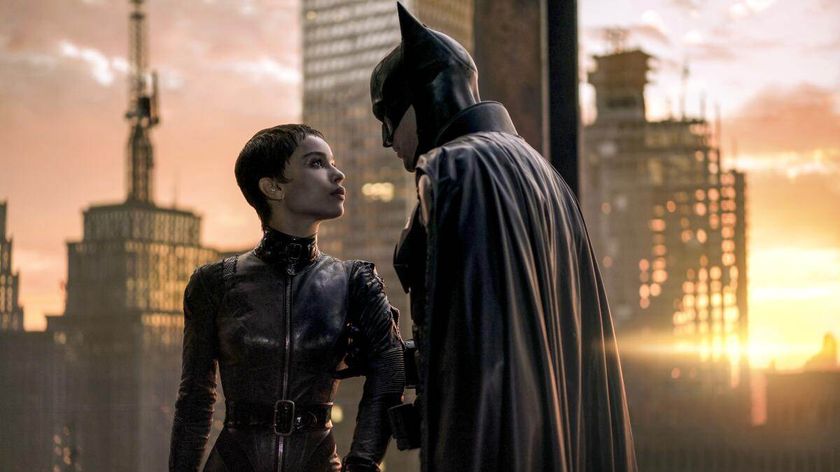The Exorcist remains the scariest movie of all time – thanks to William Friedkin
How did a 70s horror film withstand the test of time? The answer is a bold director with a daring vision
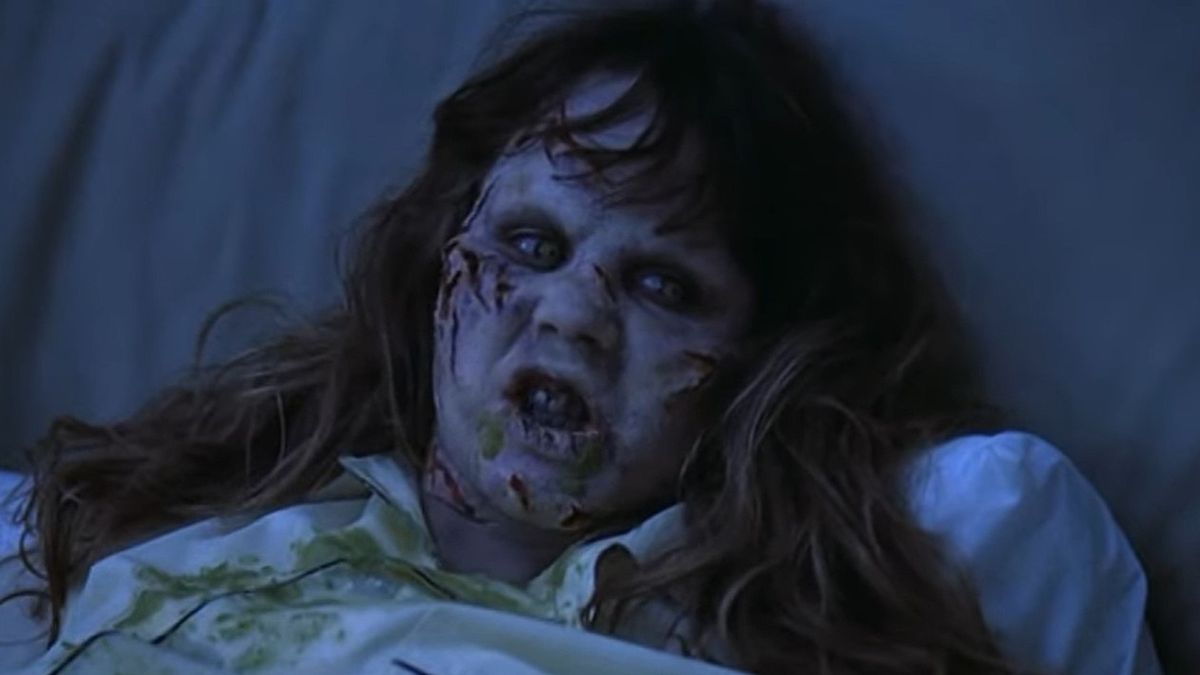
The Exorcist isn't just one of the most influential horror films of all time – it's one of the most influential films of all time, period. If it scared your mother in 1973, it's still likely to scare you now. Fifty years and hundreds of possession horror movies later, nothing comes close. How did a 1970s horror flick (one without CGI or practical, modern-day effects) withstand the test of time? The answer is a bold director with a daring vision, one who knew exactly what he was doing – even if it was unheard of at the time.
Sure, there were pre-code exploitation-style films with plenty of sex and gore – but those weren't being marketed to a massive, global audience. This was the first time anything like this had hit the mainstream: a bloody masturbation scene involving a crucifix, constant spewing of neon green bile, vulgar dialogue that came from the mouth of a child, and a fully intact head spinning around (and around and around).
Warner Bros. knew they wanted to adapt William Peter Blatty's novel for the big screen with Blatty himself writing the screenplay, but it was hard to find a director for such dark material. Nowadays, possession and gore are old hat. It was Blatty who suggested Friedkin, having seen The French Connection: "Here is a director who can bring the look of documentary realism to this incredible story," he told The Austin Chronicle. "And also, just as important, here is a guy who is never going to lie to me."
The partnership of Blatty and Friedkin resulted in the creation of one of the scariest, if not the scariest, movies of all time. Maybe it's the too-red blood, the neon green vomit, the deep, bellowing voice that emits from Regan's tiny body. Maybe it's the subliminal messages used throughout the film in order to heighten fear and induce anxiety in the viewer. Maybe it's the fact that Friedkin insisted on shooting in subzero temperatures for the exorcism scenes – so that you can visibly see the actors' breaths.
Friedkin's methods were intense, unheard of (and sometimes unethical, as he liked to use real shock in order to gain real reactions from the actors), but damn were they effective. Father Merrin's iconic arrival scene was shot in just one take, but it took a full day to get the light and fog just the way he wanted it. The result? One of the most iconic and widely recognized shots in all of cinema. He had a male actor practice the 'correct wrist movements' for the crucifix masturbation scene, which involved stabbing a blood-soaked sponge over and over again. He insisted on filming and keeping in the angiography scene, where blood squirts out of a pre-possessed Regan's neck, which seemed to bother critics and audiences more than the exorcisms.
Blood and gore aside, there's something innately terrifying about a child becoming merciless at the hands of a demonic being. Friedkin knew they had the opportunity to take this innate fear and dial it up to ten – and that's why we're still talking about The Exorcist today. We recommend giving it a rewatch, but only if you're brave enough to view it at night with the lights out.
RIP Willaim Friedkin: a true loss for cinema, our thoughts are with his friends and family.
Sign up for the Total Film Newsletter
Bringing all the latest movie news, features, and reviews to your inbox

Lauren Milici is a Senior Entertainment Writer for 12DOVE currently based in the Midwest. She previously reported on breaking news for The Independent's Indy100 and created TV and film listicles for Ranker. Her work has been published in Fandom, Nerdist, Paste Magazine, Vulture, PopSugar, Fangoria, and more.
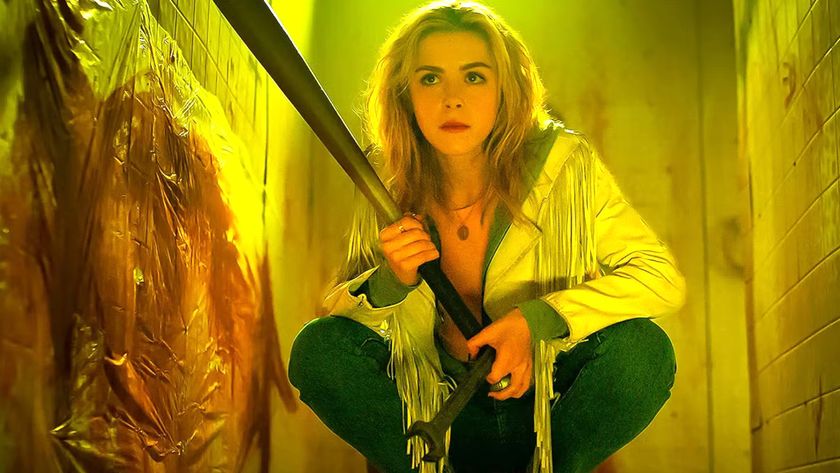
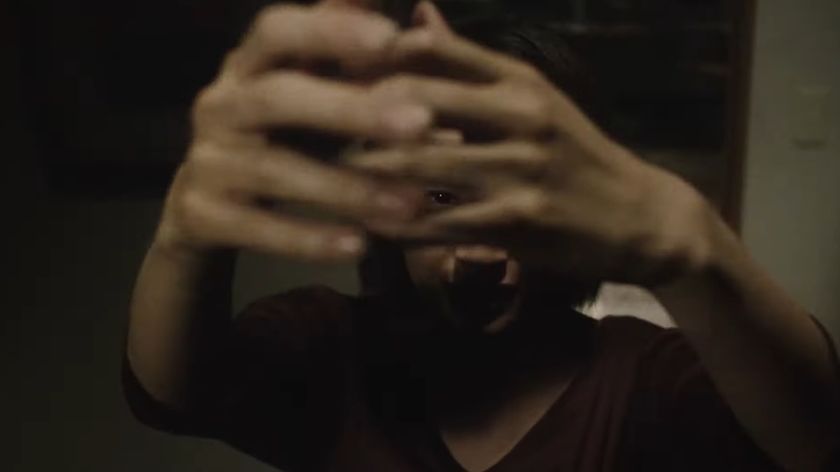
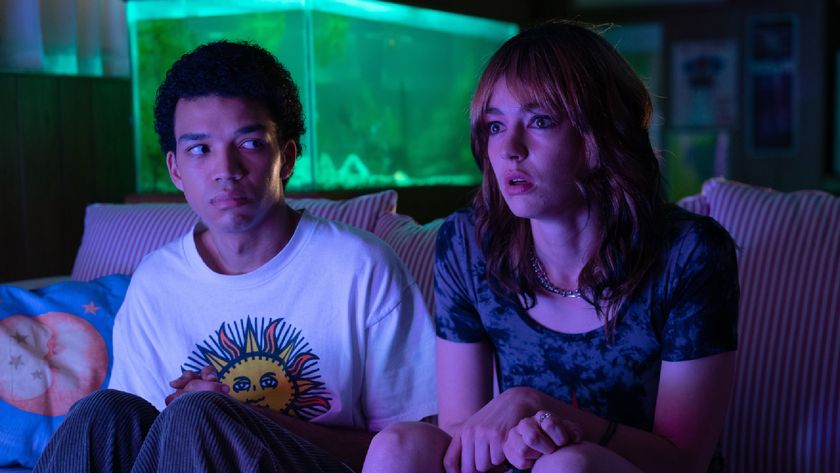
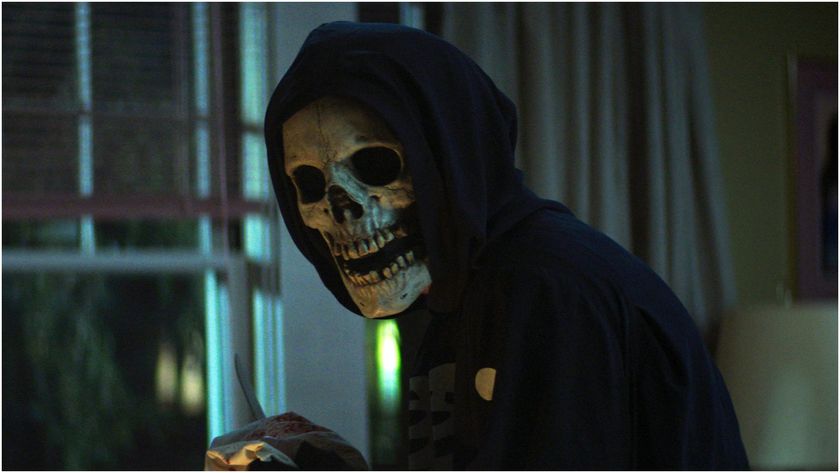
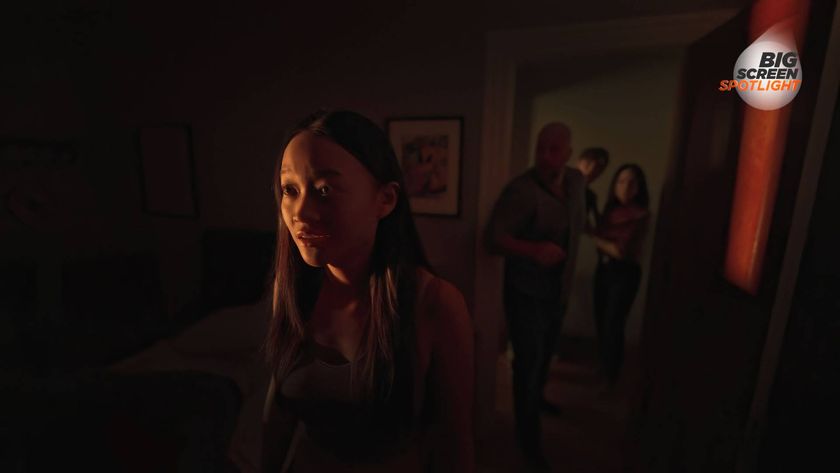



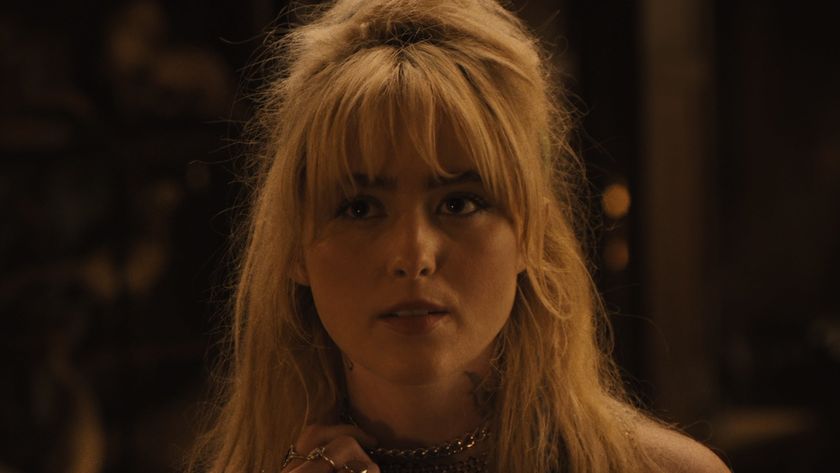

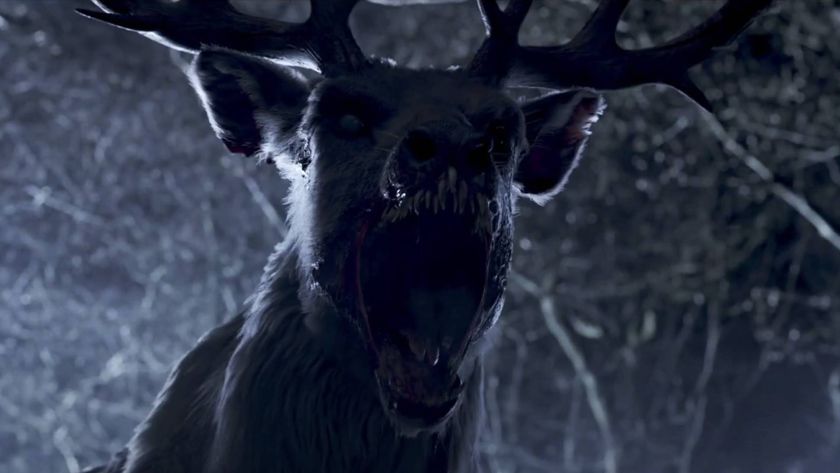
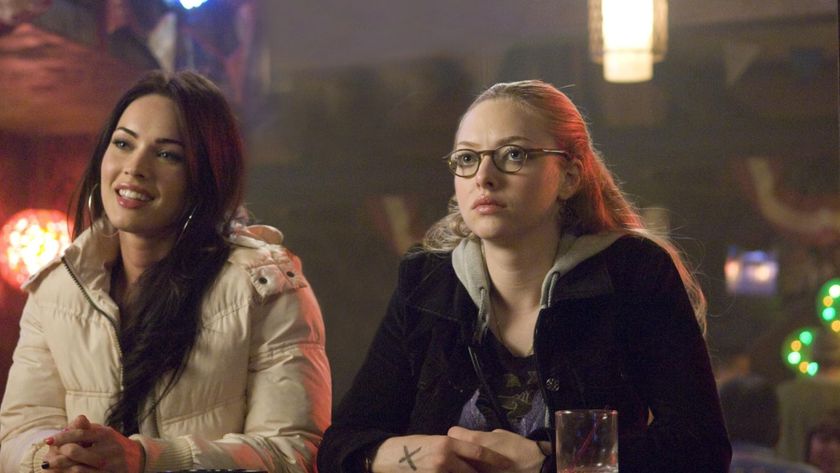
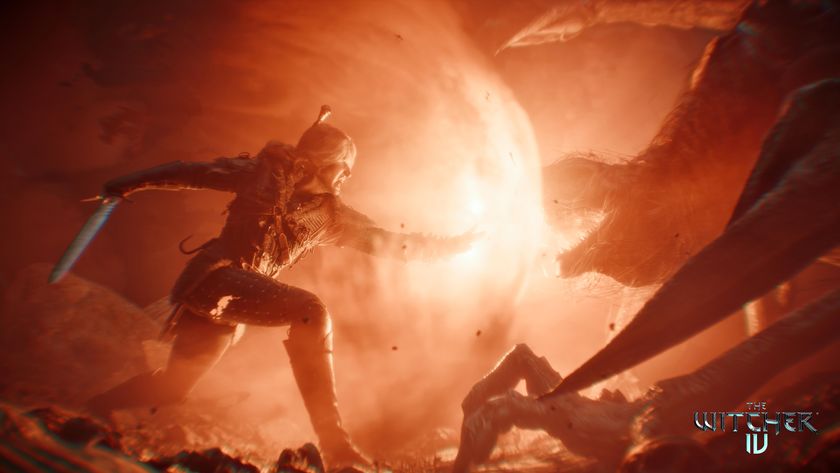

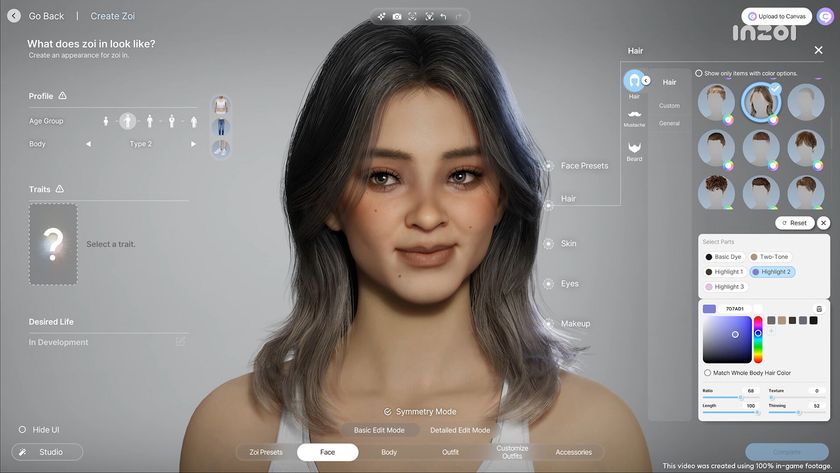
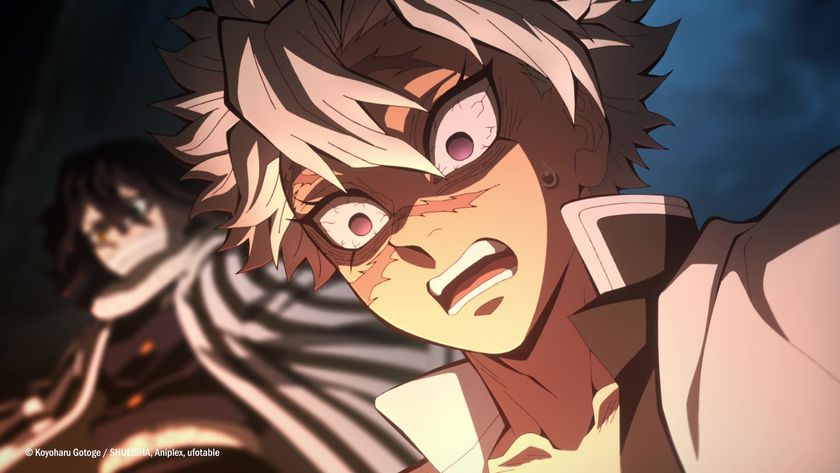

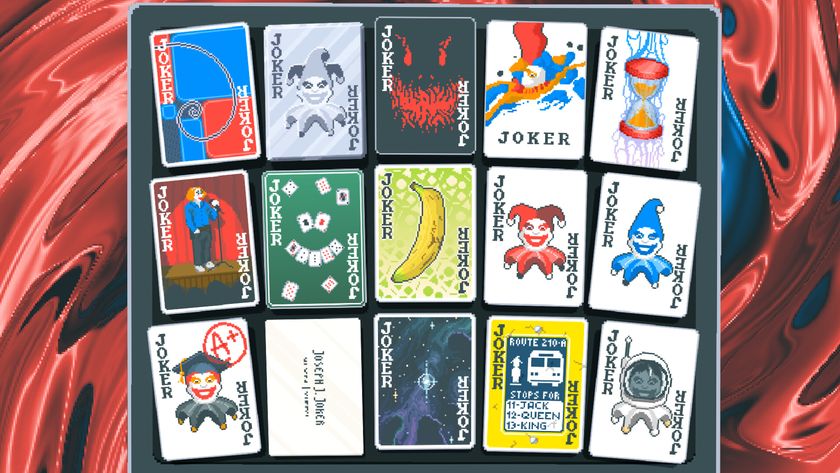

Train to Busan director is returning to the horror sub-genre with a new movie described as the culmination of his zombie universe

John Lithgow and Geoffrey Rush's twisted chiller is a much-needed shake-up to the horror genre, disrupting harmful elderly stereotypes embraced by the likes of X and The Shining
